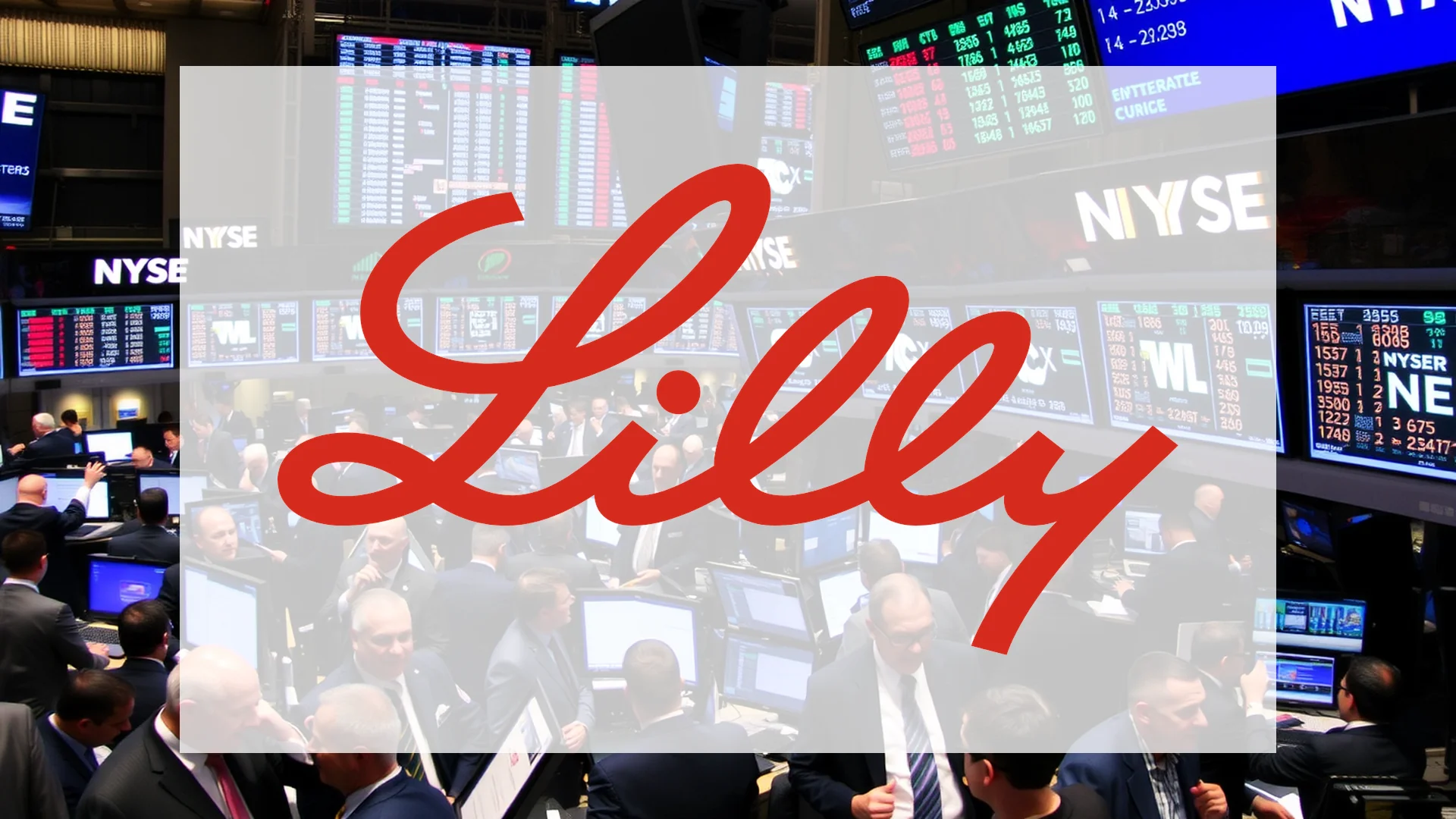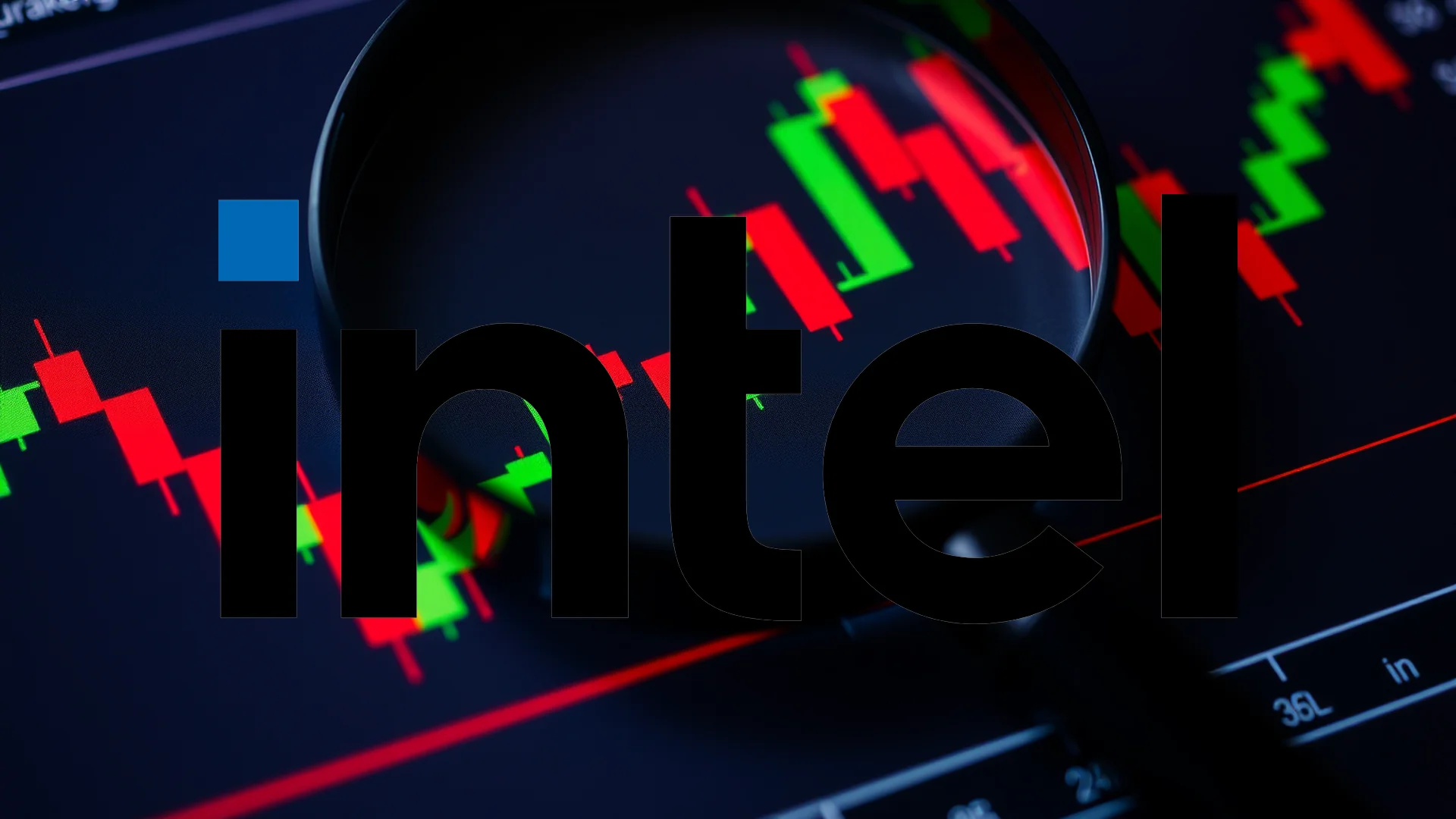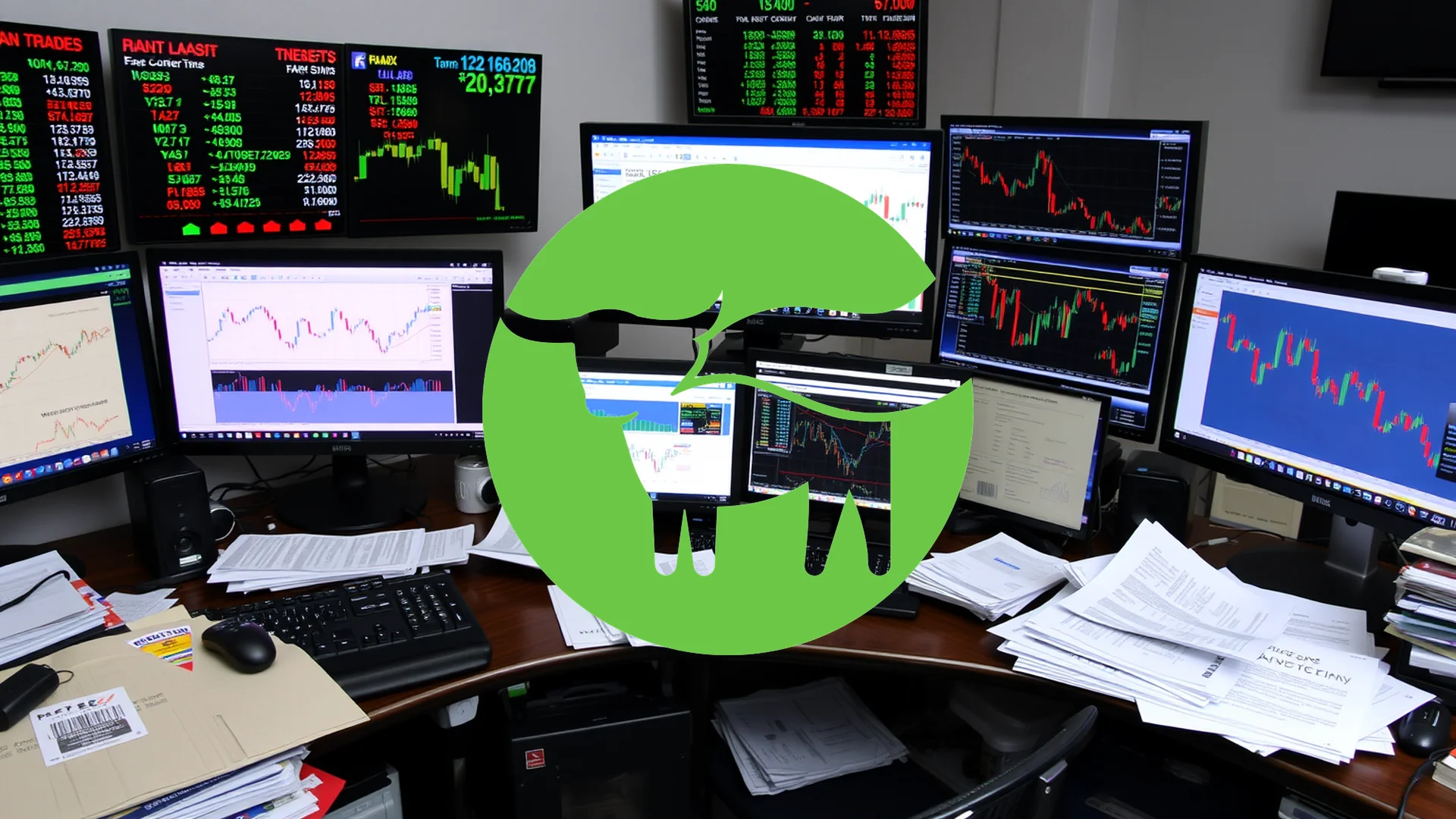While competitors grapple with supply constraints, Eli Lilly is making an aggressive move to solidify its market position. The pharmaceutical giant is committing a substantial $6.5 billion to construct a new manufacturing facility, a clear signal that it is preparing for the next surge of demand in the lucrative obesity drug sector. However, investor reaction to this strategic initiative has been initially cautious.
A Strategic Manufacturing Push
This new plant in Houston, Texas, represents a critical component of a much broader capital investment program. It is the second of four planned U.S. production sites scheduled for this year alone. In total, Lilly has embarked on an expansive $27 billion investment plan for new facilities. This follows a previous outlay of $23 billion directed toward manufacturing since 2020. The overarching objective is to lessen reliance on international supply chains and bring the production of key active pharmaceutical ingredients back to the United States.
Scheduled to commence operations within the next five years, the Houston site is expected to create 615 high-skilled jobs. Its primary strategic purpose will be to manufacture the promising oral obesity medication, Orforglipron.
The Oral Contender: Orforglipron’s Potential
Eli Lilly is already generating billions in revenue from its injectable GLP-1 drugs, Mounjaro and Zepbound. The development of Orforglipron, an oral version of this treatment class, has the potential to significantly disrupt the market once again. The company plans to submit the drug for regulatory approval before the end of this year. A pill-based alternative to injections would greatly simplify treatment for patients, thereby substantially expanding the potential patient base and sales volume.
Should investors sell immediately? Or is it worth buying Eli Lilly?
The massive scale of this capacity expansion underscores Lilly’s conviction in the significant growth potential of the obesity market. The company is proactively building infrastructure to meet anticipated future demand, with the new factory being specifically dedicated to producing the active ingredient for Orforglipron.
Investor Caution Amid Long-Term Strategy
Despite the compelling long-term prospects, the market response on Tuesday was marked by skepticism. Lilly’s shares closed the trading session down 1.06%. Market analysts interpret this as a typical reaction to substantial capital expenditures, where the return on investment will not be visible for several years. In the short term, these massive investments are likely to pressure the company’s profit margins. In the long run, however, they are designed to secure Lilly’s competitive edge in one of the pharmaceutical industry’s most fiercely contested markets.
This multi-billion dollar commitment is a powerful statement of confidence in the U.S. home market and the strength of Lilly’s product pipeline. The ultimate success of this strategic maneuver will become clearer once Orforglipron successfully navigates the regulatory approval process. Until then, Eli Lilly remains firmly in investment mode, and investors are adopting a wait-and-see stance.
Ad
Eli Lilly Stock: Buy or Sell?! New Eli Lilly Analysis from December 25 delivers the answer:
The latest Eli Lilly figures speak for themselves: Urgent action needed for Eli Lilly investors. Is it worth buying or should you sell? Find out what to do now in the current free analysis from December 25.
Eli Lilly: Buy or sell? Read more here...










